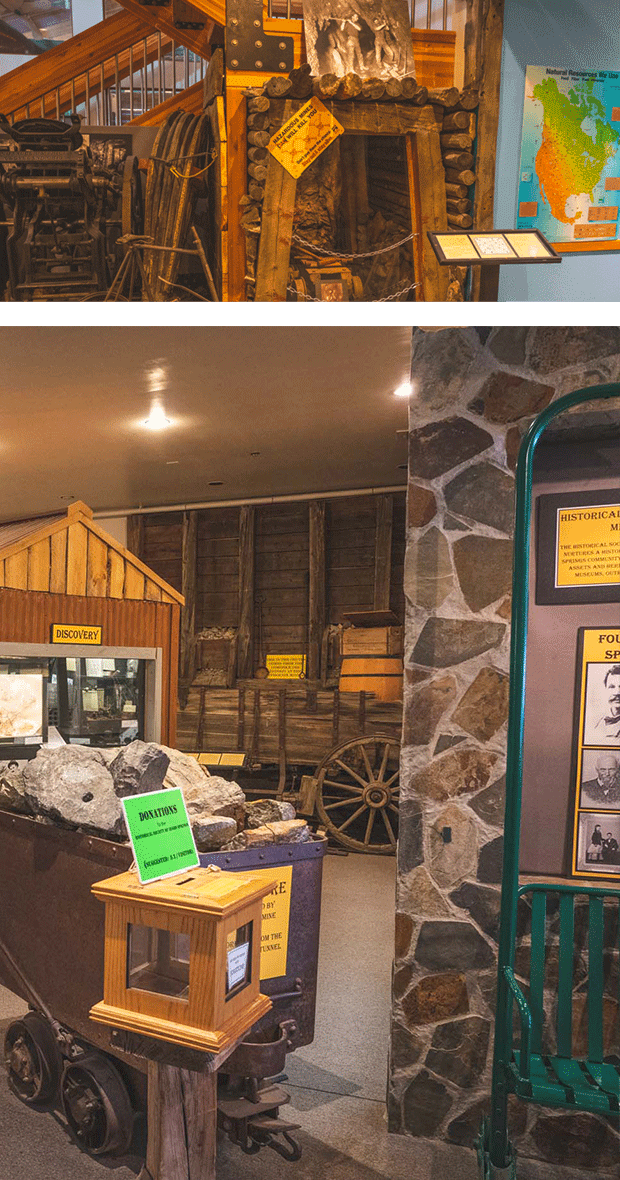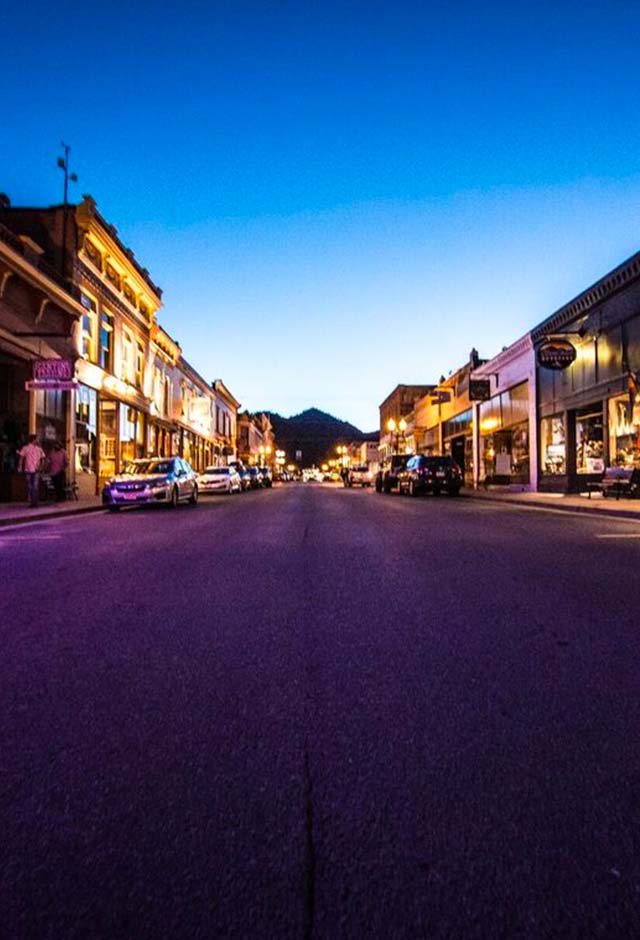
A Settlement is Made
On April 17, 1859 with supplies, wagon teams, and twenty-two men, mostly from Chicago, Jackson set out for his claim in what would come to be Idaho Springs. The road had to be cut as they proceeded. In places, it was necessary to dismantle the wagons and pack supplies to carry over the obstacle and then reassemble, reload, and proceed. Near the end of April, the party reached Jackson’s spot along Chicago Creek, beginning their work in earnest. The proceeds from the first week alone were $1,900.
In June 1859, a formal organization of the mining district was enacted, the first such recorded in Colorado history. Thus, the Colorado Gold Rush has begun.
At this time, there were 400 people in the settlement.

